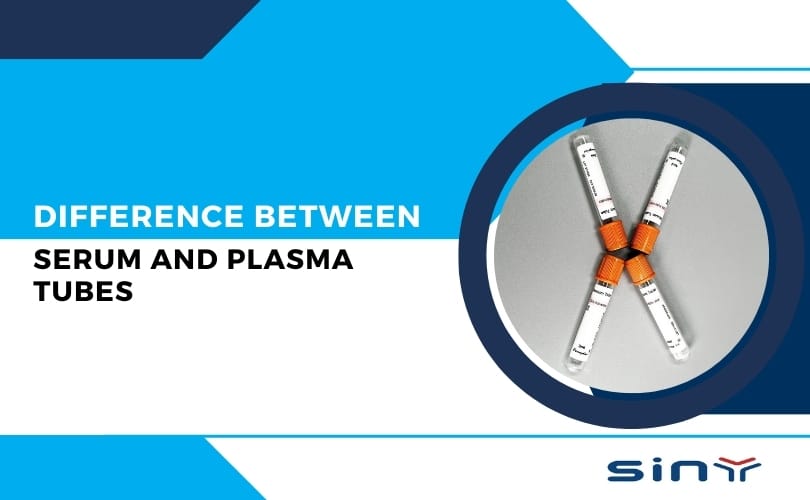Cells or tissue samples are commonly subjected to tissue culture (TC) processing as an experimental technique for the promotion of their growth, proliferation, and maintenance of their specific properties. Compared with Petri dishes without TC treatment, TC-treated Petri dishes have the following differences

Table of Contents
Differences between TC culture dishes and Non-TC culture dishes
Surface treatment
TC-treated culture dishes usually have special surface coatings, such as collagen, gels, or polymers, to provide a suitable environment for cell attachment and growth.
Cell adhesion
The surface coating of culture dishes treated with TC can enhance the adhesion of cells, making it easier for cells to attach and expand. Ordinary uncoated surfaces are typically found in Petri dishes that have not undergone TC treatment.
Cell proliferation:
TC-treated culture Petri dishes can provide a more suitable environment to promote cell proliferation and growth. In contrast, culture dishes without TC treatment may not be ideal and have poor effects on cell proliferation and growth.
Cell function
TC-treated culture dishes can maintain the specific functions and phenotypes of cells, making them closer to the physiological state in the body. Petri dishes without TC treatment may not be able to provide such an environment, resulting in changes or loss of cell function.
Tissue Culture Dishes
- Cell Culture plate Tissue Culture Treated and Non-treated Cell Culture versions, this is available.
- Non-treated Cell Culture Dishes have thicker and more durable plastic than standard Petri Dishes
- 60, 70 and 100mm dishes available with a pronounced grip ring for improved handling
- Vented lids contain molded spacers to allow gas exchange

Why are sterile Petri dishes inverted?
- Due to the action of gravity, the surface and sub-layer of the medium can enrich the nutrients required for the growth of microorganisms, which is conducive to the growth of microorganisms.
- Prevent the contamination of the medium and culture by microorganisms in the air. If not inverted, the bacteria will soon grow around the Petri dishes.
- And fully maintain the elasticity of the agar and the environment where bacteria easily multiply and survive.
- For some colonization and other tests, it is necessary to verify that the medium is sterile.
- Used as a template for colonization, which is necessary to invert the culture for 48 hours.
Difference usages between Cell Culture Flask vs Dish:
- The difference between a cell culture flask and a petri dish is the safety factor of the flask is higher and the operation is more convenient.
- People used the flask for relatively large-scale cultures or cells that are more susceptible to contaminants.
- The sterile Petri dishes are more suitable for small-scale culture or some control analysis experiments.
- Using a culture flask is for the primary culture of tissue blocks, and passage of the grown cells according to personal preference.
- It is better to use a culture dish or culture plate for experiments with cells as a carrier or object because the amount used is less to save cells



























































